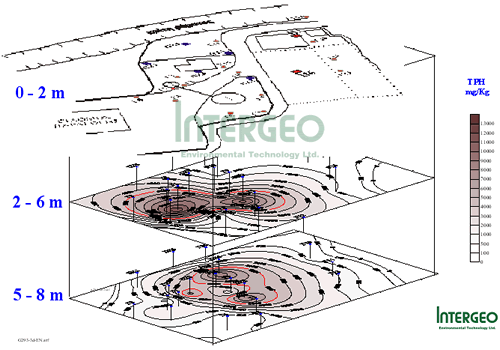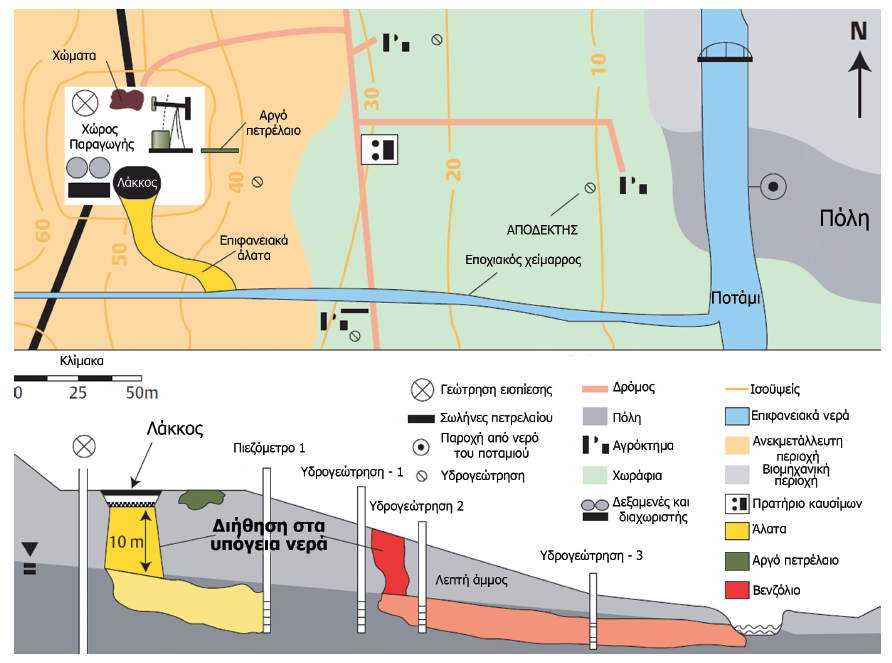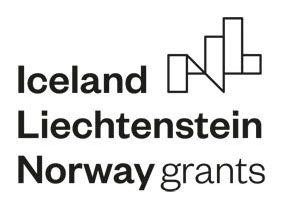Soil & Groundwater Environmental Site Assessment – Due Diligence Studies
Necessity of an environmental site assessment
The environmental control of subsoil and groundwater, usually concerns industrial sites or sites with similar activities that can cause contamination to the geoenvironment, or fields adjacent to a source of pollution.
Environmental auditing in a field is performed in the following instances:
A) Environmental accident cases and subsequent recorded environmental damage in the area of pollution escape (source) eg gas station, as well as in the neighboring areas eg plots, basements, wells, streams, etc.
B) Due to legal requirements.
The need to perform an environmental investigation of subsoil and groundwater and to prepare a basic report for all industrial plants storing hazardous substances, results from the requirements of DIRECTIVE 2010/75 / EU OF THE EUROPEAN PARLIAMENT AND THE COUNCIL of 24/11/2010 on industrial emissions and in particular Article 22 (2), which was incorporated into Greek law (Joint Ministerial Decision 36060/1155 / E.103 / 13 (Government Gazette 1450B)). Furthermore, some industrial plants not included above, are required, despite their environmental obligations and requirements, to complete environmental audits for subsoil and underground water as well as periodic environmental monitoring programs.
C) Due to environmental policy.
Performing an environmental audit of subsoil and groundwater at regular intervals in parallel with an environmental monitoring program in an industrial unit or another activity that may have a potential negative impact on the geoenvironment, is the best practice to prevent extensive environmental damage that will have tremendous financial costs and significant negative impact on the company’s reputation and operation. In addition, the timely diagnosis of the extent of pollution has the potential to remedy possible failures in an existing infrastructure, which, in addition to the environmental impact, will also entails significant cost for the production or operation of an installation (eg, a fuel leakage or raw material recovery). Early diagnosis of pollution can rule out the possibility of an accident involving human loss (eg concentrations of volatile pollutants in the underground and the creation of an explosive atmosphere). Finally, an environmental audit can identify incoming pollution from irrelevant-to-the-field activities that take place in adjacent areas and enter either through the movement of water (groundwater or surface), or even through atmospheric dispersion.
D) In real estate transactions.
Before buying a plot or an industrial unit within the broader buying and selling / corporate mergers (Due Diligence), it is strongly suggested to perform an environmental investigation of subsoil and groundwater. Accurate recording of the environmental status will allow accurate planning and budgeting of possible rehabilitation measures, for as long as they are deemed necessary. Those studies should also include a list of all identified hazardous and non-hazardous waste that need special treatment. Furthermore, the detection of asbestos (friable or not) particles in building materials or equipment is an integral part of this study. The overall results will determine the total cost of environmental remediation (soil, groundwater, waste, asbestos) which could in many cases be deducted from the total cost of the transaction.
Environmental site assessment phase I
In case the investigation of the subsoil aims to obtain a generic environmental image of the examined site and the risk assessment estimation of the potential pollution, an Environmental site assessment Phase I should be performed.
Environmental site assessment Phase I subsoil investigations, include an initial examination by collecting and evaluating all the historic data concerned with the site in question as well as the surrounding area.
This data concerns wastewater and solid waste management, type of air emissions, storage of raw materials, toxic and other chemicals, the past or current production processes. Furthermore all geological, hydrogeological and hydrological data, concerning the site and the surrounding area are collected and assessed (eg aquifer system, geological formations, surface waters, land use, etc).
Subsequently, a visitation to the field and neighboring areas is required to:
- Verify the information obtained during the office (off-site) survey.
- Record and compile new information not specified in the Office Survey.
- Obtain additional data to measure spatial relationships between sources, pathways, recipients, and other elements.
- Identify possible access restrictions or specific requirements that will affect the environmental audit.
- Identify areas of interest for further investigation (sampling) if deemed necessary.
Areas of interest in an industrial field

Environmental site assessment phase ΙI
If the scope of the environmental site assessment is the accurate registration of the environmental condition of the subsoil, the evaluation of the environmental risk of potential contamination and the cost of the necessary clean up measures, an environmental assessment phase II should be performed.
Environmental site assessment phase II follows phase I and includes detailed registration of subsoil status in the whole area of the investigation.
This investigation is performed by small diameter drilling operations and subsequent sampling of soil and groundwater. The depth of sampling drillings and the comprehensiveness of the parameters which will then be analysed in soil, soil-gas and groundwater, differ on occasion and are based on the results of phase I.
3D display of underground soil contamination dispersion, based on the environmental assessment results (contamination of groundwater by a point-source – leak)

Furthermore, there is an option to perform on site measurements and analyses in the field, in order to reduce the number of laboratory analyses and the length of the result evaluation.
Subsequently, depending on the results, the environmental risk is defined and the remediation cost of subsoil and groundwater is evaluated (if deemed necessary, in connection with the present environmental risk).
The Field Evaluation Model is a schematic or graphical qualitative recognition of field conditions, summarizing the known data or existing indication for field conditions at any given time. The field assessment model is the basis for the entire environmental audit process and is used to identify:
- Possible sources, paths and final polluters.
- Tangible, in contrast to hypothetical, dangers and necessary course of action.
- Mechanisms of transportation and dampening of pollutants.
- Omissions in data and their significance.
- Cost effective and efficient recovery solutions.
Field Assessment Model of an installation where soil contamination has been detected
In the end, a final report of the environmental site assessment is prepared, which includes the detailed results, their evaluation, the calculated environmental risk and a first proposal for remediation (if necessary).
All the above actions and ESA results are confidential. INTERGEO will not use or publish the investigation results, without permission of the employer or the delegate environmental authorities.
Relative Experience
INTERGEO group has successfully completed internationally over 30,000 environmental soil investigations and has successfully remediated more than 2,500 contaminated fields (subsoil and / or groundwater).
In Greece, INTERGEO Hellas has completed numerous environmental projects throughout the country and Cyprus. In total more than 1,200 environmental investigations in soil, water and air have been successfully completed, as well as a significant amount of remediation projects of soil and groundwater in Greece and Cyprus.
Intergeo Hellas has applied numerous Environmental Site Assessments Phase I and Phase II in industrial sites and free plots in the scope of Due Diligence projects in Greece, Cyprus, Egypt and the Balkans (Serbia, Bulgaria, Albania). During the last 5 years INTERGEO Hellas has completed successfully over 20 big Due Dilligence projects for various multinational clients (Industry, Banking, Environmental consultants, Real estate, financial investors etc.)





